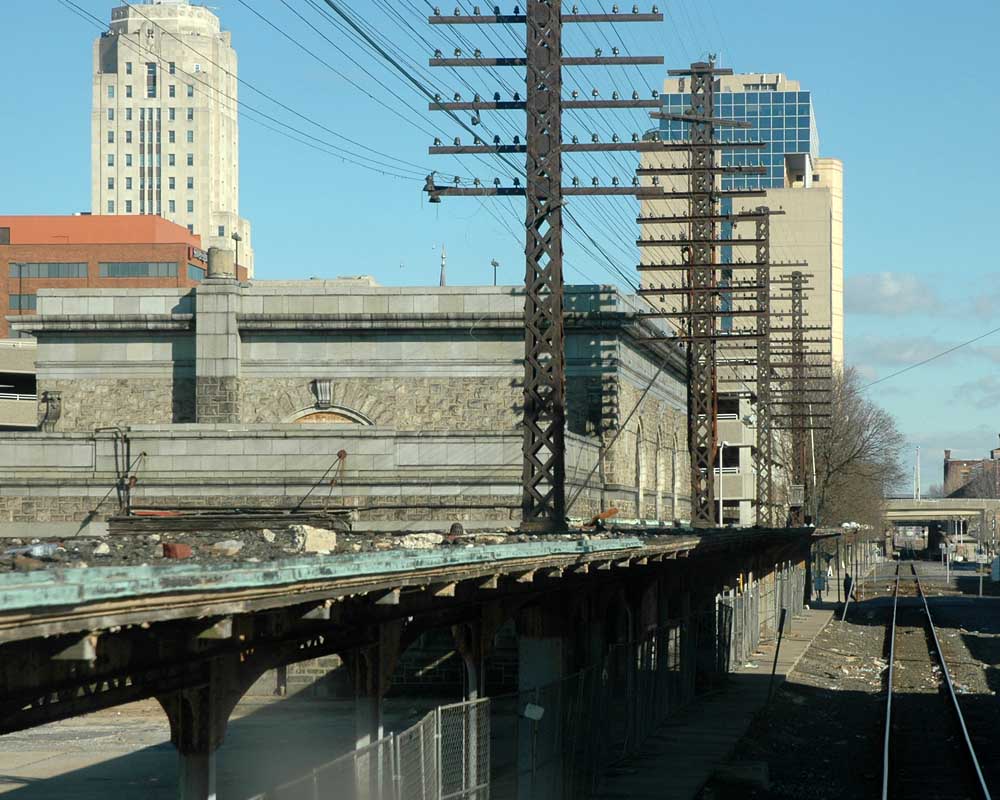
Amtrak plans to add three short-haul routes in Pennsylvania and double both Keystone Service and Pennsylvanian train frequencies, Amtrak President Stephen Gardner told Gov. Tom Wolf and other public officials in a recent online roundtable talk about the company’s ConnectsUS 15-year regional corridor vision.
The three routes are:
- New York City-Scranton, Pa., 136 miles via the former Delaware, Lackawanna & Western/Erie Lackawanna main line, now New Jersey Transit and Delaware-Lackawanna;
- New York City-Allentown, Pa., 99 miles via Norfolk Southern’s Lehigh Line (former Jersey Central-Lehigh Valley routes) and NJT; and
- New York City-Philadelphia-Reading, Pa., 155 miles via Amtrak’s Northeast Corridor, CSX Transportation’s Trenton Subdivision, and NS’s Harrisburg Line (both of the latter are former Reading Co. routes).
Proposed are three daily round-trips on the Scranton and Reading lines and two daily round-trips on the Allentown run. Scranton has been without intercity rail passenger service the longest of the three; EL discontinued its daily Hoboken, N.J.-Scranton-Chicago Lake Cities train more than 51 years ago, in January 1970, a year before Amtrak started.
Under a best-case scenario and if President Joe Biden’s $1.2 trillion federal infrastructure bill passes the U.S. House of Representatives, Gardner said, the earliest of these new routes could be running in three years. As much as $66 billion of the federal allocation could be earmarked for Amtrak.
Gov. Wolf, a Democrat, signaled his “strongest possible support” for the plan, adding that “I’m a big fan of rail transportation and an Amtrak customer for many, many years.”
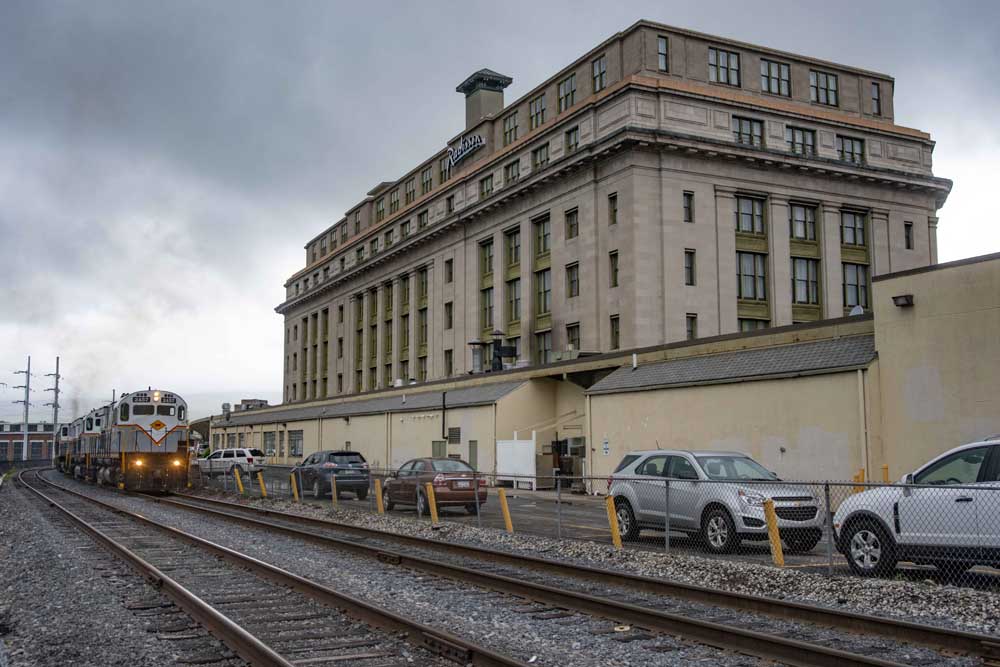
The Scranton proposal will require the most infrastructure work, because former freight operator Conrail tore up the 28-mile Lackawanna Cutoff in New Jersey as part of its line rationalizations of the 1980s. As a result, a gap exists between Port Morris, N.J., and Slateford Junction, Pa., at the Delaware Water Gap where the Delaware River separates Pennsylvania and New Jersey. The Cutoff was famously constructed by DL&W 1908-1911 as a major high-speed short-cut realignment of Lackawanna’s New York -Buffalo, N.Y., main line.
Congressman Matt Cartwright (D-Pa.), who represents the Scranton area, cited a decades-long struggle by advocates to restore the Cutoff, characterizing the effort as “years of meetings, letters, and studies.” He noted that Amtrak and the Pennsylvania Northeast Regional Railroad Authority in July signed an agreement to jointly study the infrastructure costs, revenues, and ridership potential on the route.
With a population of 121,000, Allentown is the state’s third-largest city (following Philadelphia and Pittsburgh), and Reading, with 88,000 residents, is the state’s fifth-largest city. Allentown lost rail passenger service to New York in 1966 when the Jersey Central pulled out, but a Philadelphia-Allentown service later was briefly operated for the Pennsylvania Department of Transportation by the Southeastern Pennsylvania Transportation Authority, ending in 1981. Reading-Philadelphia service likewise ended in 1981 when SEPTA discontinued all remaining diesel-powered trains in favor of all-electric operation.
Former Congressman Jim Gerlach, now president and CEO of the Greater Reading Chamber Alliance, said talks on a “Schuylkill Valley Metro” project faltered in the early 2000s because of a lack of consensus among counties. But, he said, “the elements missing are now nearly in place.”
Cost of the three new routes is estimated at $2.7 billion, and total annual ridership for the three is projected at 1.3 million.
Keystones and Pennsylvanian
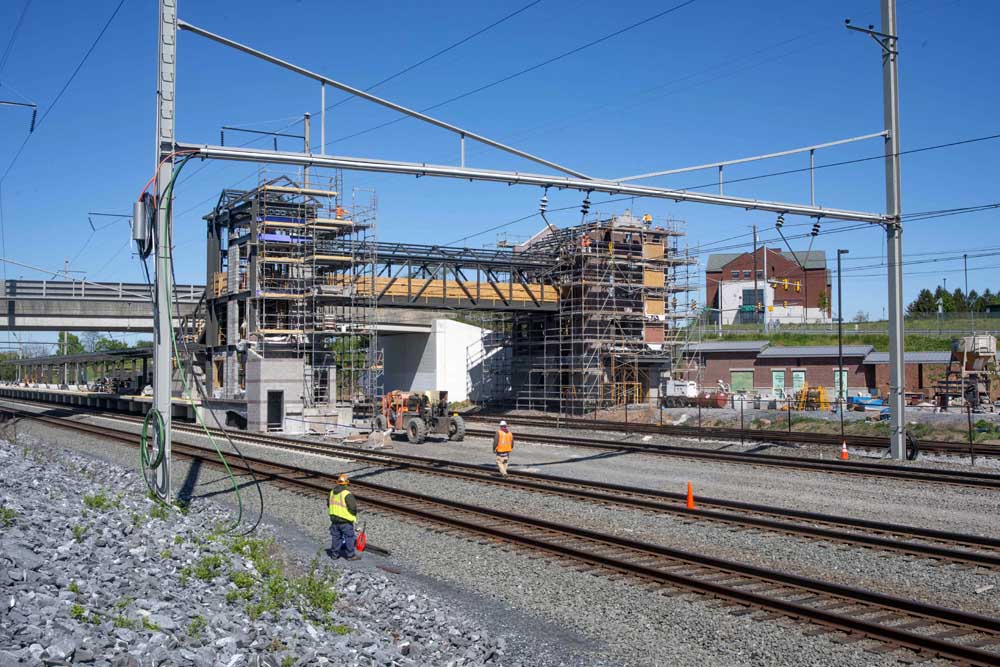
Improvements on the 103-mile Philadelphia-Harrisburg Keystone Corridor would be mostly of an incremental nature, and would be aimed at improving reliability, Gardner said. Top speed is expected to rise to 125 mph from the current 110 mph, he said. Frequency would be boosted to 17 weekday trains each way, up from nine today.
Prior to the onset of the COVID pandemic, the schedule consisted of 13 trains each way on weekdays, then in early 2020, all service was suspended for 2½ months, beginning on March 17-18. When it was restored on June 1, 2020, four weekday round-trips were discontinued. As before, many Harrisburg-origin trains continue beyond Philadelphia to New York on the NEC.
Gardner said the goal is to achieve a 2-hour 54-minute trip time between Harrisburg and New York, compared to a drive time of 4 hours. Current through-service Keystone schedules allow 3-hour, 15-minute to 3-hour, 30-minute trip times.
In addition, Amtrak proposes to add a second frequency to the daily New York-Pittsburgh Pennsylvanian – which also was suspended during the 2½-month COVID blackout – and extend the additional train to Cleveland. Using NS’s Fort Wayne and Cleveland lines, it would follow the route of Amtrak’s daily Washington-Chicago Capitol Limited.
Current annual ridership on the Keystone Corridor and the Pennsylvanian is 1.8 million. With faster times, added frequencies, and extension to Cleveland, the number could grow by 400,000, Gardner said, based on a projected capital investment of $1.6 billion. The Pennsylvanian was an early state-supported service, added April 27, 1980, to fill the vacuum left when Amtrak discontinued its New York-Kansas City National Limited in 1979.
In a follow-up question, reporter Joseph Napsha of the Pittsburgh Tribune-Review asked Gardner about NS’s “not so receptive” attitude to adding another Pennsylvanian on its busy ex-Pennsylvania Railroad Pittsburgh Line. Noting that Amtrak works with host freight railroads all the time, Gardner said he foresees no insurmountable obstacle there.
Indeed, freight congestion will also be a major issue for the Reading and Allentown proposals as well, as NS has also voiced resistance to adding passenger service on its Harrisburg and Lehigh lines.
Other participants in the meeting were Amtrak CEO Bill Flynn, Scranton Mayor Paige Cognetti, Allentown Deputy Mayor Leonard Lightner, and Reading Mayor Eddie Moran.








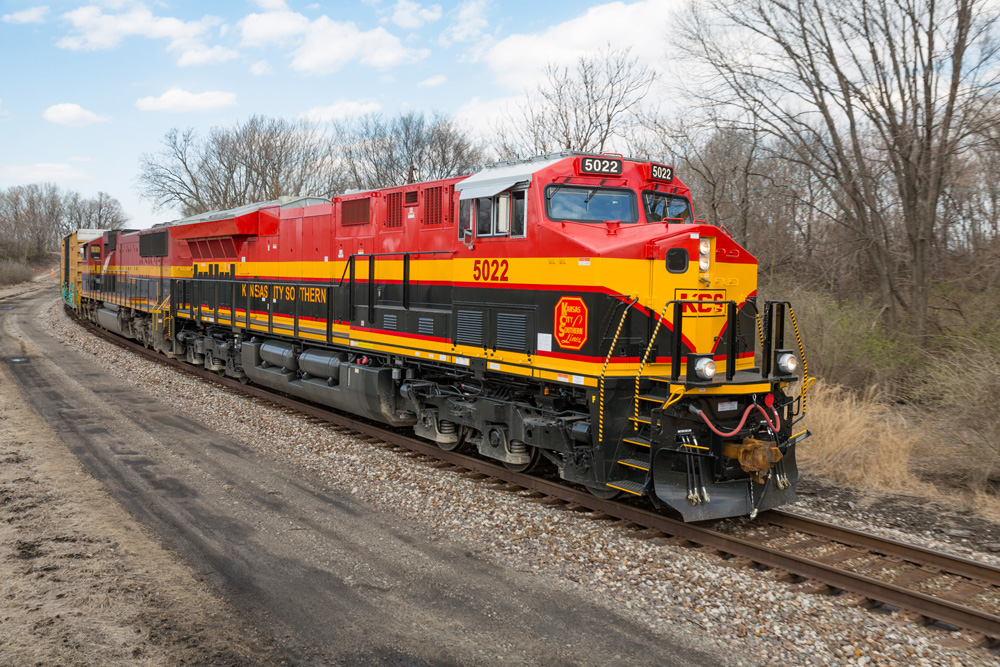
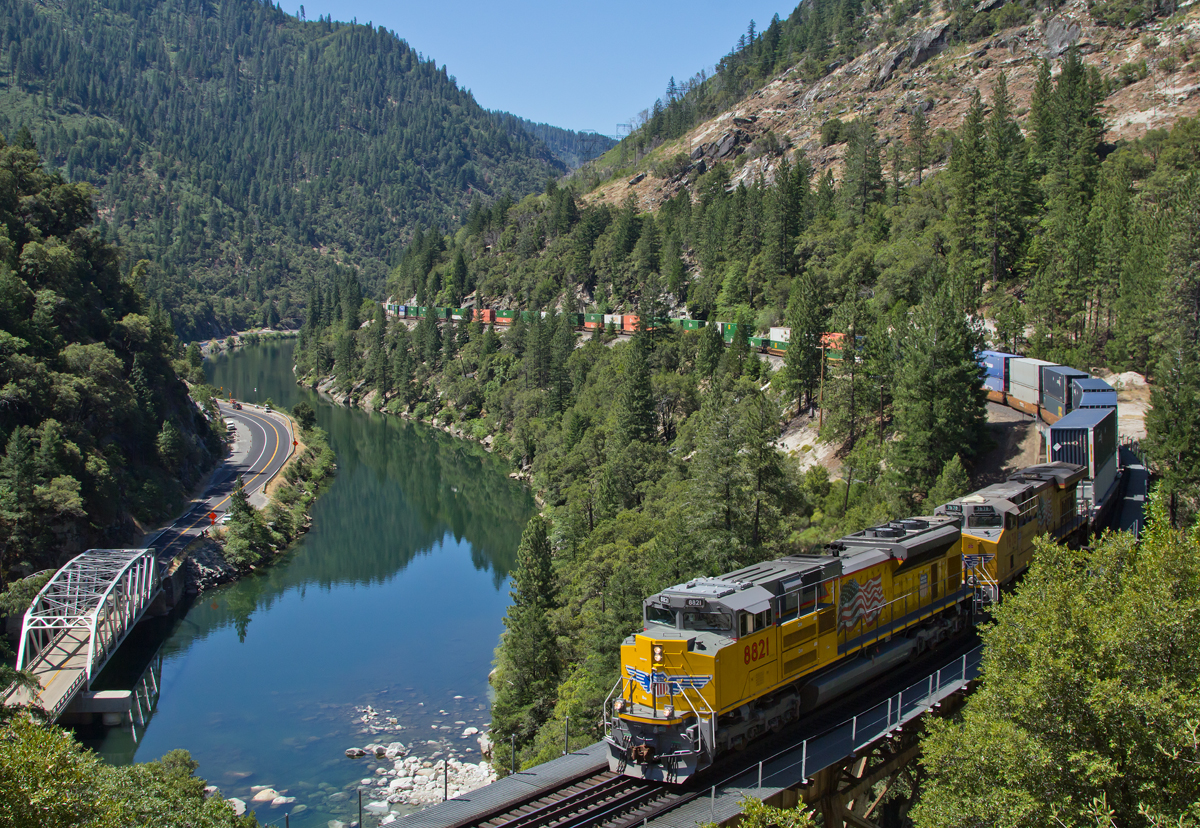




I,m glad their going to restore a passenger line to Scranton cause its a major city in PA. from NYC. this can give a boast to the local economy ! They will have to probably re install a 2nd track out of Scranton to the NJ. border can,t have freight and passenger trains running on a single track it wouldn,t be cost effective or safe having trains waiting at sidings for trains going the other direction . Another idea for train service is to have a North – South Passenger service say from Albany NY. to Scranton PA. and continue to Lancaster PA. Norfolk & Southern run freight trains right now to Albany NY. and into Mass. on the old Delaware & Hudson Line the route is their but then again you might have to install a 2nd track. Their is no real North -South passenger service right now its mainly East -West so give this a try. You can also have stops in Oneonta and Binghamton NY.
FYI half the 66 billion for AMTK is for the Palladium-plated Gateway Project; rumors are that 22 billion is for a new Connecticut River crossing. 2.7 billion for 3 new routes in PA is a huge amount of money looks like around 2700 per passenger. OK there is a reason the two Allentown trains came off in 1966 (1963 for service to Harrisburg, 1961 for all service anywhere on the LV)–and that was using the no-longer-possible CNJ not the LV. The Reading service should be SEPTA or contract it out to the Reading & Northern if possible. But there are reasons all these trains came off long long ago–and very expensive reasons for NOT putting them back on. I’d pay good money to ride the LV Scranton/Wilkes-Barre to Waverly/Ithaca NY at 25mph (I need from Mehoopany north) but the public (and the politicians) don’t agree.
The NY to Scranton service is the only one where the right of way is entirely in public ownership: Amtrak NY-“SWIFT”; NJT “SWIFT”-NJ/PA line on Delaware River Bridge; PNRRA NJ/PA line to Scranton.
The Cutoff will need track; NJT is installing some now, and the existing PNRRA track (used by DL) will need brought up to Passenger standards with signal improvements and passing tracks.
The big point is neither NS nor CSX can say “no.”
Environmental requirements on The Cut-off. I have read that endangered bats are slowing construction on the relaying; Roseburg Tunnel is the problem. Also the 110-year-old Paulins Kill Viaduct from pictures I’ve seen of its condition. Rail removed from the line in 1984 I learned. I visited Paulins Kill in 1985 and ’88 myself. Amazingly expensive proposition–all of them. As a mileage collector the only parts I need of all this Wish List is the unrebuilt parts of The Cut-off and the through route through Reading oddly enough–I missed doing the SEPTA trains to Pottsville in 1981 by being TOO ambitious trying to get Cape May, Allentown, AND Pottsville all in ONE weekend (yes I DID do Cape May last weekend it ran!). Scranton now has a sizable medical center business; not yet a rival to Boston for medical travel but I hear it’s getting there so the NYC market can be tapped.
Another train for Cleveland ? Already serviced by the CAPITAL and LAKE SHORE.
Need is for a St. Louis-Indy-Columbus-Pittsburg-Philly-NYC passenger train which
will require new signaling and re-building the former PRR line east of Newark, OH
to Pittsburgh. Yes, route of the SPIRIT OF ST,LOUIS and PENN-TEXAS by PRR.
Route post-Amtrak named the NATIONAL LTD. [OLD B&O NAME] but killed by
Jimmy Carter’s administration despite heavy usage. On my trips to NYC I had to
delay my Cols return to Sat. as the SINGLE 10/6 sleeper was used 100% by new Army recruits to Ft. Leonard Wood, MO. Too much suspicious accounting
decision as to true cost of the train. One summer night the train left Cols.
with full coaches and the diner had to be opened until a coach could be added
at Pittsburg!
All 3 of the PA western endpoints are communities that have been having their problems. Normally that would not be a good sign for successful launching of a Passenger rail service. Allentown appears to offer the most potential.
A second Pennsylvanian could do OK and having one of them involving Cleveland might help. But their key to real success will only happen if a significant reduction in trip time can be achieved west of Harrisburg. The Keystone Service has good potential, especially if the total trip time can be reduced to 3 hours or less.
Gov. Wolf leaves office after 2022 so I don’t know how much his support matters in the long run.
Amtrak needs to bring back Amtrak 40 &41 LD train from New York City to Pittsburgh then onto Chicago, IL
BNSF knows how to use the 3 track raceway into Chicago because it has for years. I have been amazed to watch them threading a late EB CZ in on the canter track (#2) to Fairview, cross it over to the South track (#3) to be followed by an inbound scoot and as it clears the plant at Fairview, a Metra Naperville Express flies through accelerating back up to 70 mph. The Naperville Metra is followed four minutes later by a Metra Downers Grove Express switching from from #2 track to #1 to make its first stop. The dispatchers know how to use the plant that BNSF has. Of course it was built by the CB&Q whose executives lived in the suburbs they served.
The Three-Track Raceway is the most amazing railroad show on earth as it combines Big Freight with Big Passenger. All of this in a very pleasant (and walkable) suburban setting. I can’t count the number of times I’ve walked from LaGrange to Western Springs and back, with one train after another passing me, or stood by the tracks on public property with Mrs. L.
It’s like watching a well-choreagraphed ballet as rush hour winds down and freights meld into the mix. Unfortunately the Borders bookstore in LaGrange closed, which gave a towerman’s view in bad weather but there are still sidewalk cafes with lesser views in good weather. One more thing important to me, one can watch trains all day without sticking out as a railfan – LaGrange is a busy suburb with all sorts of people out and about.
Our cat Burlington is proud of his railroad.
There’s a reason NS gets an F on its report card from Amtrak. However NS could make a good case for the need for additional work to make the Ft. Wayne and Cleveland Line more fluid. Heaven forbid they’d do the needed improvements on their own. Not with the possibility of squeezing lots of money from government. The Cleveland to Pittsburgh route suffers from a serious lack of crossovers. Between Alliance and Conway it is more akin to a mountain railroad as it cuts its way through the Appalachian foothills. I’ve never been over the Cleveland Line between Alliance and Rochester. So I don’t know the exact conditions of the route. It would make a good alternative for passenger trains but would need a serious upgrade from reading the NS TT. On the Cleveland Line between CP 107 and CP 114 is a bottleneck because of the intermodal ramp at Maple Heights. Trains working there often tie up #2 main. Another problem is the lack of a crossover from #1 to #2 mains for the Amtrak connection. For trains laying over in Cleveland 44 Industrial is a possibility. It is used from the Amtrak station west to Drawbridge for freight access to the Port of Cleveland. East of the station it has been removed. Relaying track and putting a switch in at an expanded CP 181 would do the trick. But we’re talking millions of $$$$
JAMES – Thanks for the detailed and knowledgeable analysis. It seems that NS can’t run its freights so they blame it on the occasional passenger train. Crabby today, aren’t I?
Amazing, isn’t it, what it costs to create infrastructure to run two pairs of seven-car passenger trains. Most of said infrastructure improvements to benefit the freights. Question – How does BNSF manage to run 120 freight, Amtrak and dinkies Chicago to Aurora.
James, like I said I’m crabby today, maybe I’m extremely crabby today …. allow me to posit that NS has it backwards – if NS builds a decent freight railroad at their OWN COST, the passenger trains would flow through easily.
Charles, BNSF is CTC triple track with crossovers every 8 or so miles between Chicago and Aurora and double lead tracks from the west side of Eola yard to the Aurora passenger terminal which is where the old coach yards and repair shop used to be.
What is Flynn smoking? The Scranton idea has been moldering for over 20 years, and will continue to do so beyond his term in office. As for as the other two and Pennsylvanian, NS will fight those tooth and nail. those lines are running at or near capacity every day; when was the last time 42/43 ran even near mid-point schedule, only OT the heavily-padded end-point times. Keystone Corridor, yes, because PA is funding it, and it costs Amtrak less to run it than it receives from the state.
Re: Scranton – More that 20 years? YES! Just over 40 years ago, in the spring of 1981, Amtrak operated a two can inspection train from Hoboken to Scranton. An F40 # 277, and Amfleet car and an Amtrak business car.
After that demonstration, Conrail soon took up the track along the Blairstown Cutoff. This dance has been going on for that long!
The railroads had better be careful how much they buck adding new passenger service or they’re liable to find themselves mandated to do so…by either the STB or Congress.
Re agreement of freight railroads: Does the projected 2.7 billion cost (all this assumes that the infrastructure bill makes it to home plate, of course) come after the freights have made their demands, or before, thus being estimated?